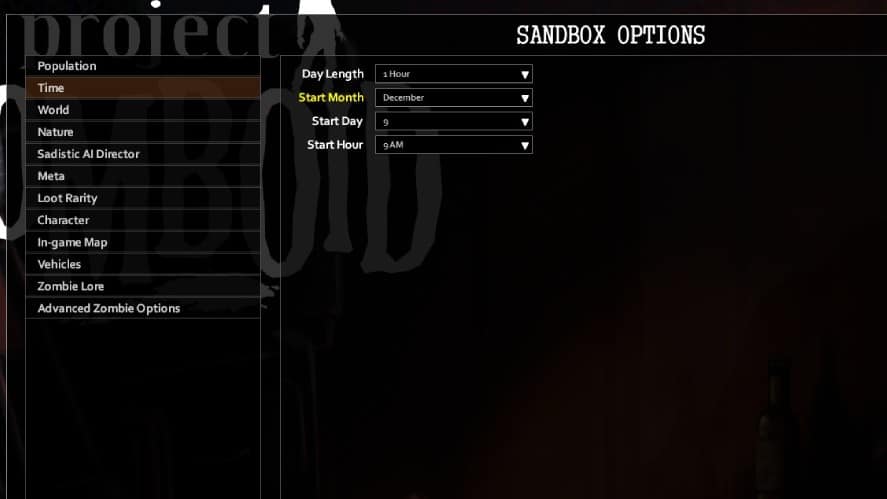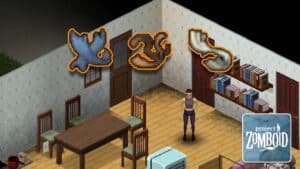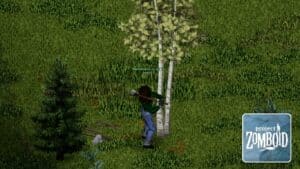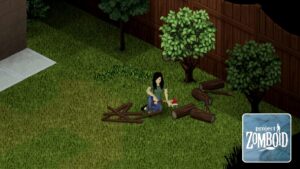In Project Zomboid, seasons play a significant role in affecting what happens to you daily.
Winter, in particular, brings its own set of advantages and disadvantages. So, when does winter start?
Recommended Read: Can You Die Of Old Age in Project Zomboid?
In Project Zomboid, the winter starts in December and lasts through February. If you play the normal game mode, which begins in July, you have to spend roughly 150 in-game days to reach the first winter. However, you can immediately start a run in the winter via the Custom Sandbox game mode.
Table of Contents
When Does Winter Start in Project Zomboid
There are 4 seasons in Project Zomboid, and they start within specific months:
- Spring: March – May
- Summer: June – August
- Autumn: September – November
- Winter: December – February
By default, all game modes or challenges are set to July as the start month, except for the Six Months Later preset.
Thus, you need to stay alive for at least 150 in-game days or 150 hours in real-time to observe the winter to come.

Alternatively, you can use the Custom Sandbox to start the game in winter.
Simply select the “Time” tab in the Sandbox Option and adjust the Start Month to either December, January, or February.
The Sign of Winter
Although all seasons add a touch of reality to the game and change the landscape, each of them impacts your survival in a different way, especially in the winter.
While you can check the current month by watching TV, the best way to check whether it’s winter is to have a digital watch in your inventory.
When you equip or have the watch in our inventory, a small HUD will appear on the top right of the screen, indicating the current time, temperature, month, and date.

If the current month is between December and February, or the temperature is -22 F to 32 F, then you’re in the winter.
The Winter’s Effects
When winter starts, it will come with weather types such as cloudy, rain, wind, snow, fog, and thunderclouds.
All of them have negative and positive effects on you.
Cloudy
In the game, clouds are represented in the sky as different shades of white to dark gray.
You can observe the current cloud cover by looking at shadows on the ground or reflections in the Investigate Area.
Thick clouds can form during colder weather, causing temporary darkness and affecting the target radius when foraging.
Rain
The rain will create puddles on the ground. They do nothing besides harming your foraging activity, and their size will increase depending on how heavy the rain is.
These puddles can serve as a natural water source, allowing you to drink from them or fill a water container. However, the water in the puddles may not be safe to drink. After the rain stops, the puddles will gradually disappear.
The rain in the winter helps fill the rain collector barrel fully thanks to its high frequency.
If you forage during the rain, you can obtain more items such as mushrooms, fish baits, medical plants, wild plants, and wild herbs.
Wind
Wind can be noticed by observing the weather, trees swaying, and the direction of rain or snow.
In winter, the wind can make you colder, which can cause a windchill moodle. In this case, you should wear certain items of clothing that can help reduce the effects of windchill.
Snow
Snow is considered the most particular weather of the winter. Similar to rain, snow affects nothing but what you can get from foraging.
In general, you’ll find it harder to scavenge for items in snowy weather. Thus, waiting until the temperature increases higher than 32 F is advisable.

When you’re outside during rain and snow, there’s a high chance of losing temperature and increasing wetness, which can lead to Hypothermia, Wet, and Cold moodles.
Fog
During cold mornings, fog can sometimes appear and significantly reduce your visibility, making it risky to scavenge or explore during foggy conditions.
It’s safer to stay indoors when it’s foggy since fog can only be seen outdoors. In the game, fog is depicted as a white haze near the ground on the Investigate Area window.
Thunderclouds
Although the thunderclouds don’t influence foraging, their thunderous sound attracts the undead, which can be a potential risk when you’re outside.
In the game, thunder is depicted as flashes of light on the Investigate Area window.
What You Should Do in Winter
It’s clear that winter negatively affects foraging, so you should avoid scavenging during that time. Instead, try to stay inside and cook if possible, as you’ll be more resistant when well-fed.
Moreover, specific clothing, such as jackets, suits, sweaters, pants, and boots, is recommended during the winter, as they offer higher insulation and wind resistance.
If the weather is extremely cold, you should find a heat source nearby and try to exercise to maintain an average temperature.
That’s when winter starts in Project Zomboid.
Have any suggestions for this post? Let us know in the comment section below.




